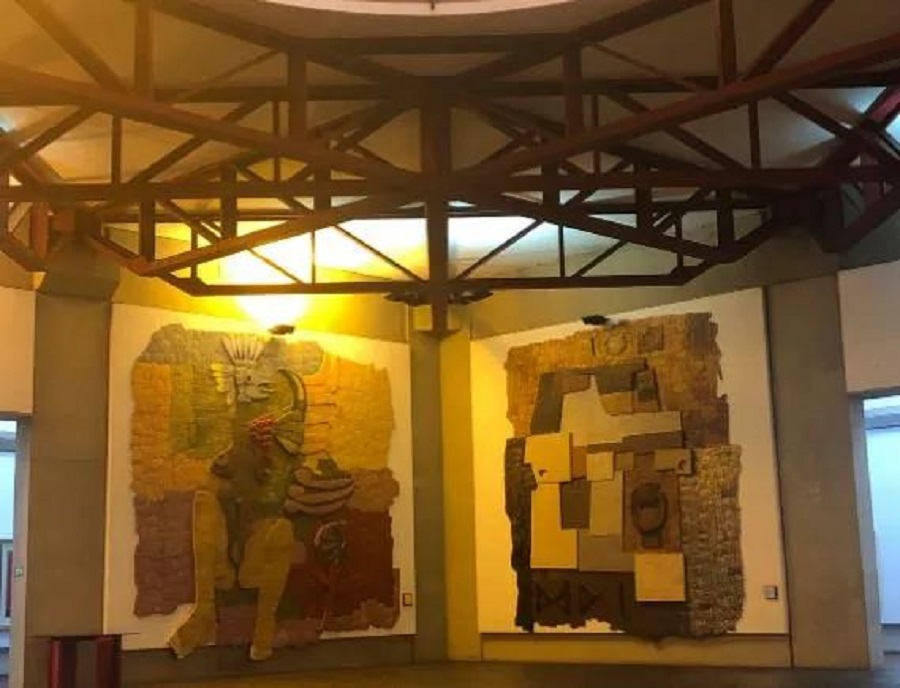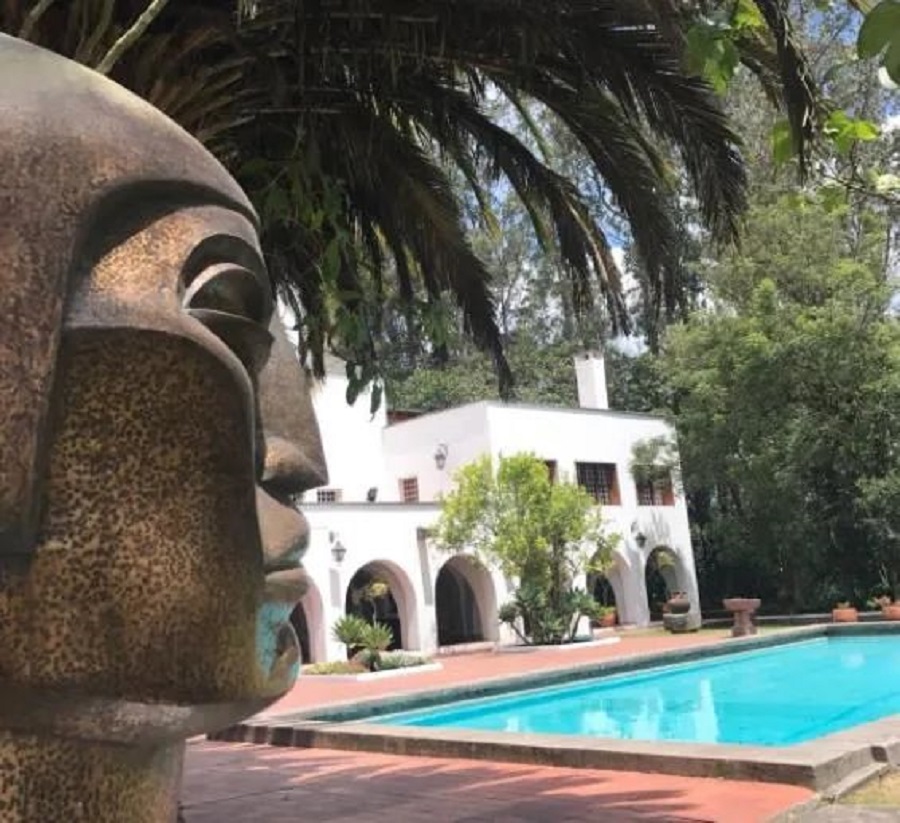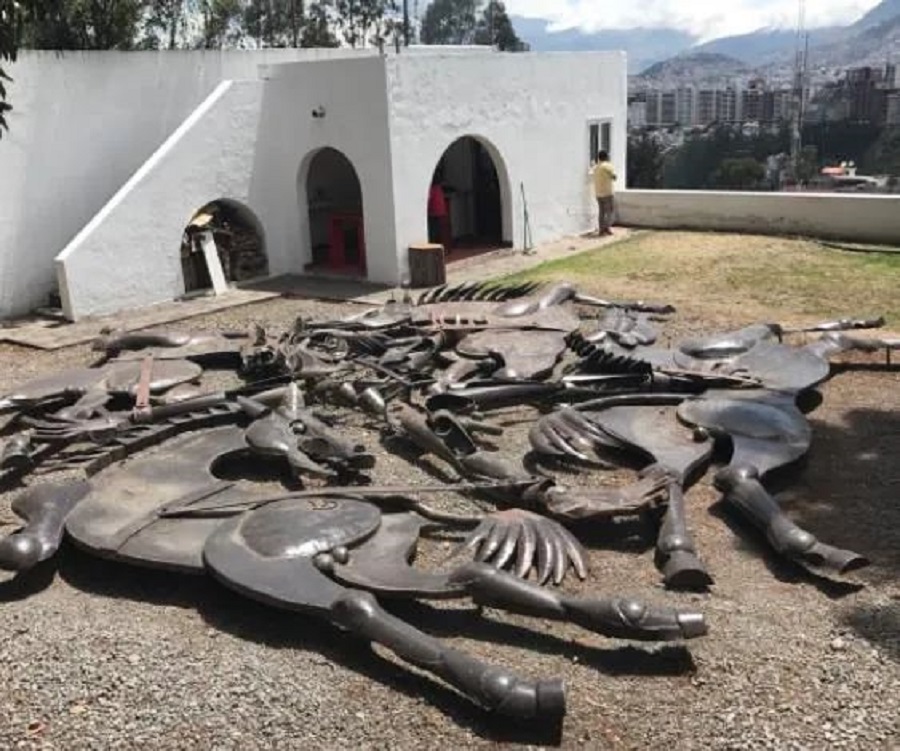Quito, the capital of Ecuador, the capital of Pichincha Province of Ecuador, and the national economic and cultural center. It is located in the northern part of the country, with an average altitude of 2852 meters. Although it is only 24 kilometers from the equator, due to the high terrain, it has a pleasant climate and is like spring all the year round. It is an ideal summer resort. Quito is the city with the smallest annual temperature difference.

The National Oath Cathedral, built in 1892, is the largest neo Gothic church in the Americas. The modeling is deeply influenced by Europe, and the facade structure is similar to the Spanish Cathedral de Burgos and Notre Dame in Paris, but the obvious difference lies in the color of the stone used. The stone carving decoration theme of the exterior wall is also based on the animals and plants unique to Ecuador. The biggest highlight is the minaret, which is 115 meters from the ground. Visitors can climb the top of the clock tower through the ladder outside the building to enjoy the panoramic view of the old city from a high place.
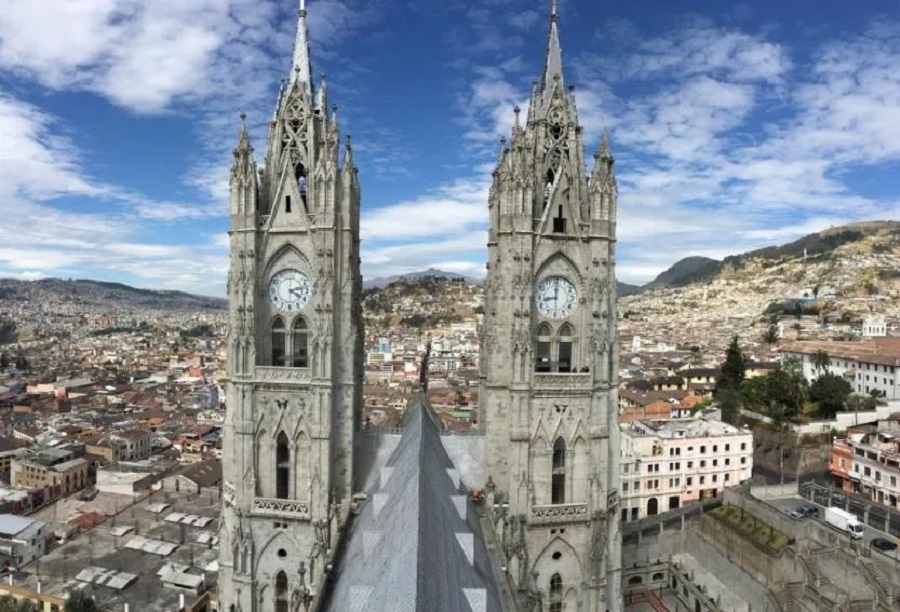
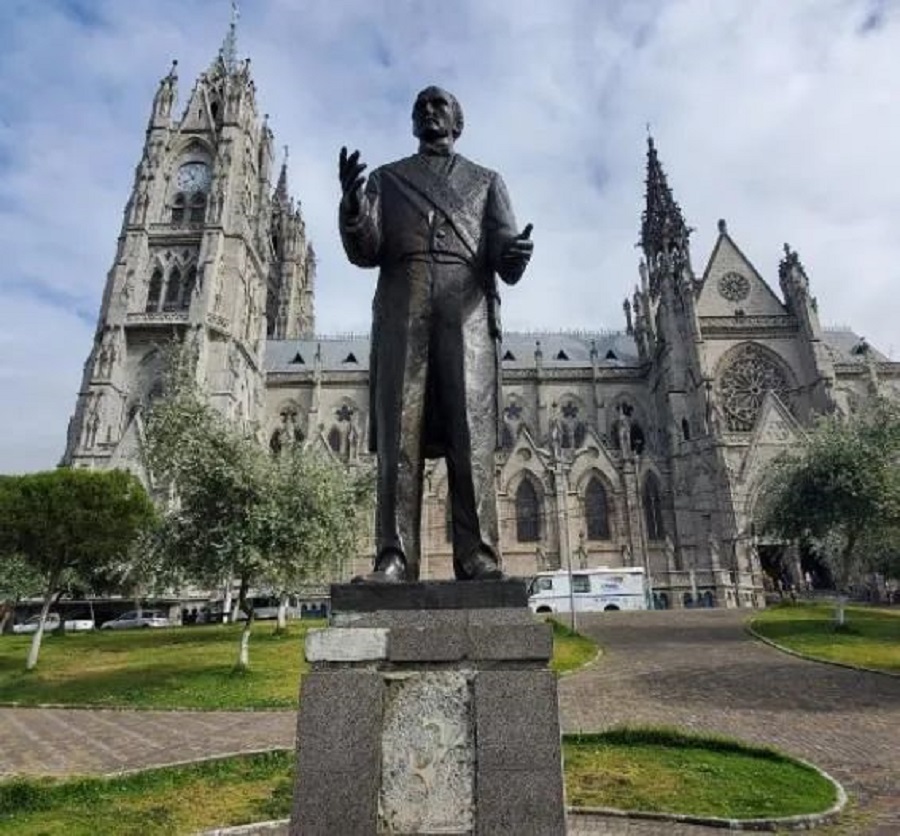
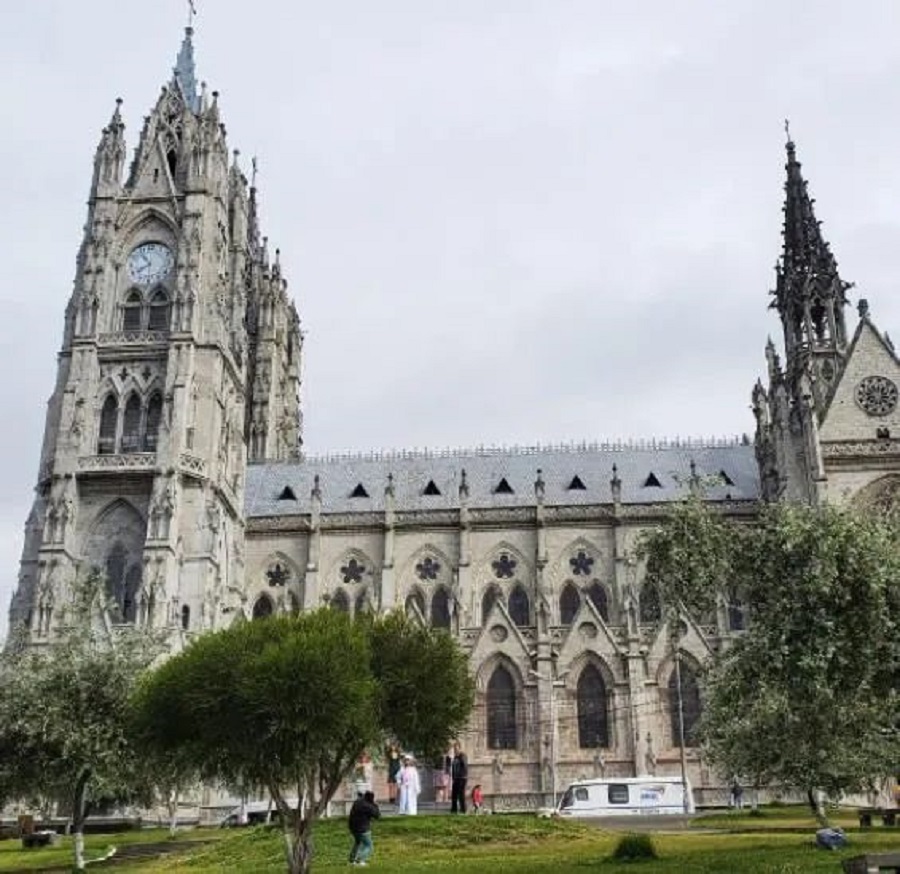
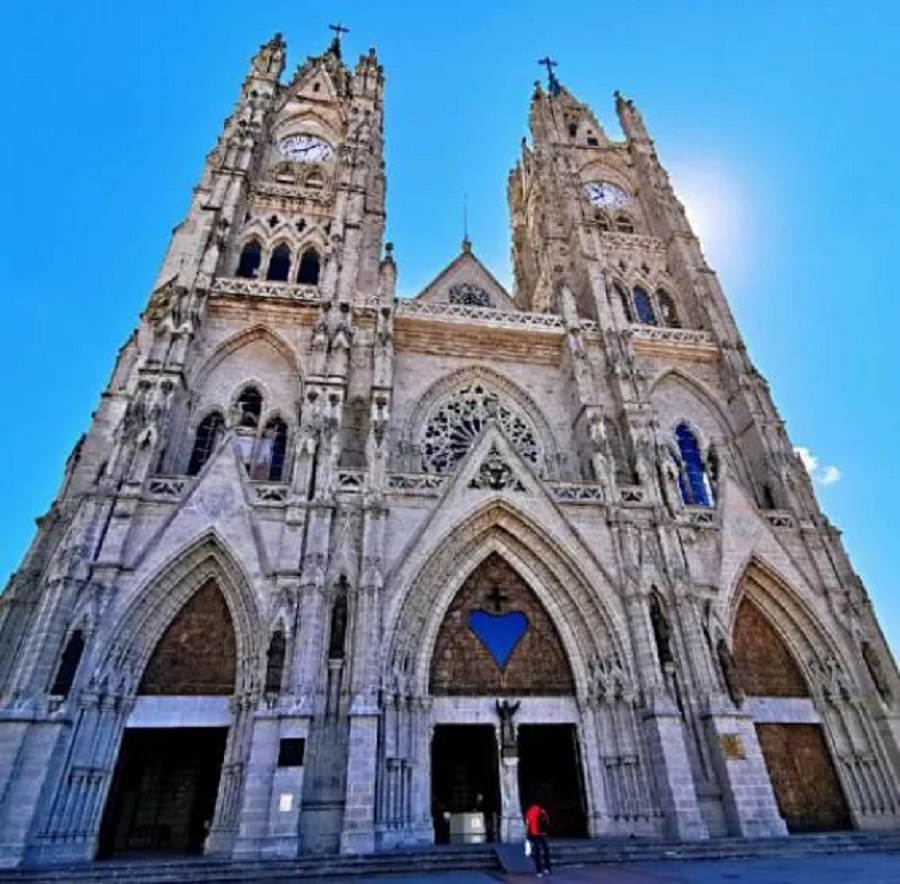
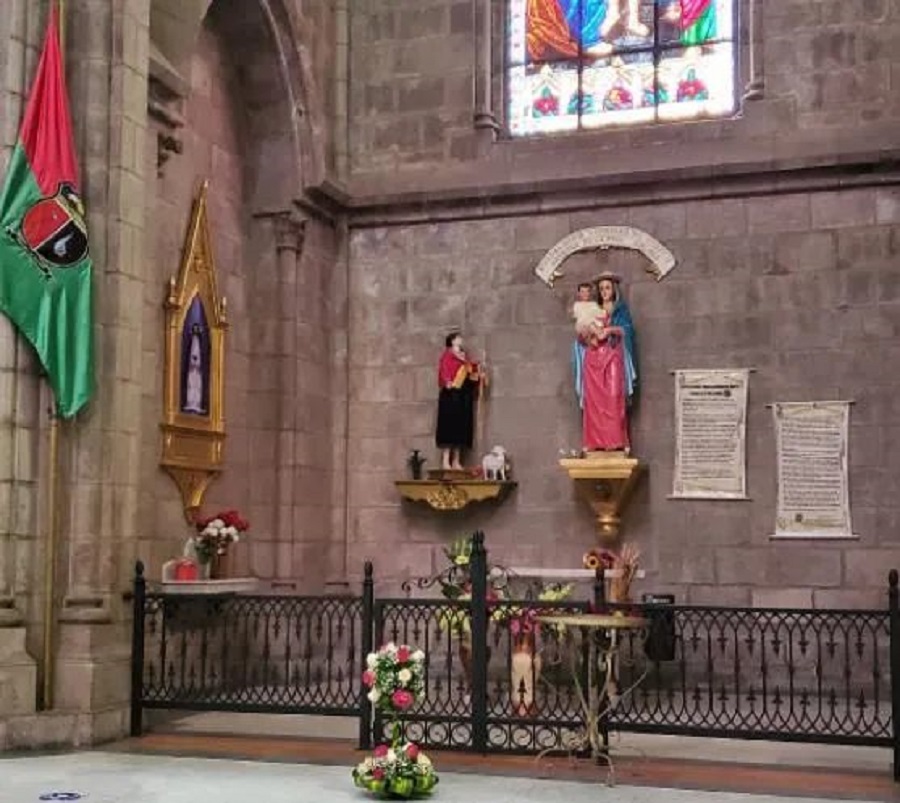
The monastery church of San Francisco was built in 1536, just two years away from the construction of Quito. During the 150 year construction process, it experienced earthquakes and changes in architectural style. The exterior of the church is in the mannerism style of the Renaissance, while the interior decoration is dominated by Mudhar style and Baroque style. There are more than 3500 pieces of works of art in different styles, schools and techniques. The most famous is the Virgin de Quito on the main altar, which was created in the 18th century. For a long time in the past, this image was regarded as the symbol of the city of Quito.
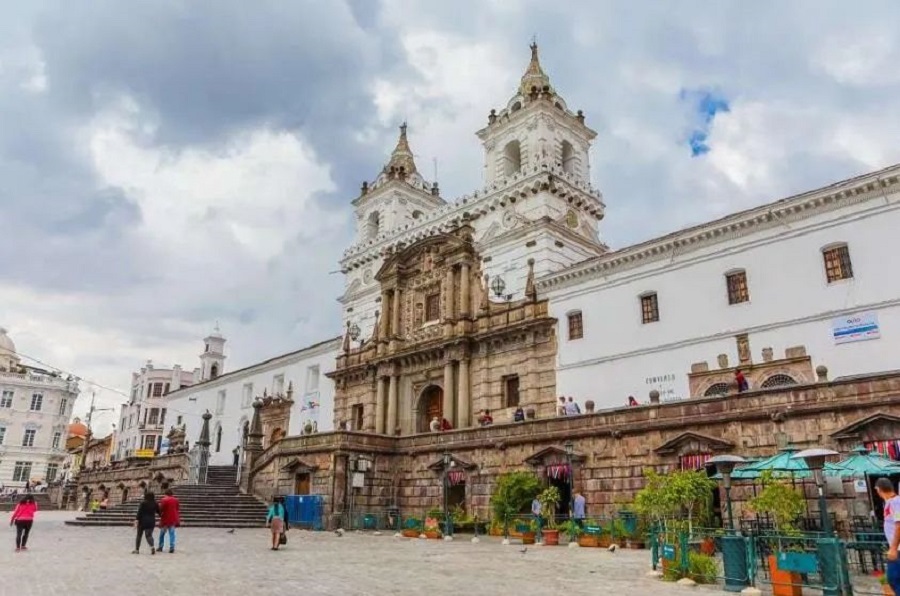

Iglesia de La Compa ñ í a de Jesus ú s is very colorful. According to the extensive use of gold-plated decoration in its interior, it is known as one of the most "local tyrants" and the most gorgeous churches in South America. Built for 160 years, the church was or
iginally modeled after the Jesuit Church and St. Etienne's Cathedral in Europe and Rome. It is a model of Baroque architecture in Quito and even South America. The stone carvings on the front of the church are exquisite, and the interior is resplendent, reflecting the superb artistic skills of Ecuadorian craftsmen and religious beliefs. Pope Francis visited Ecuador in 2015, which reflects the importance of this church.
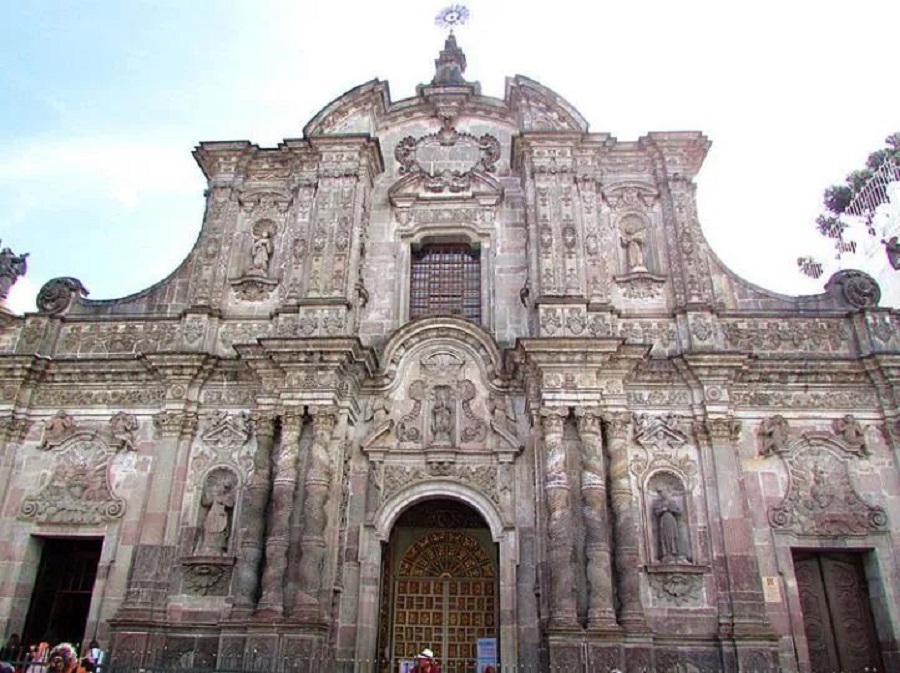
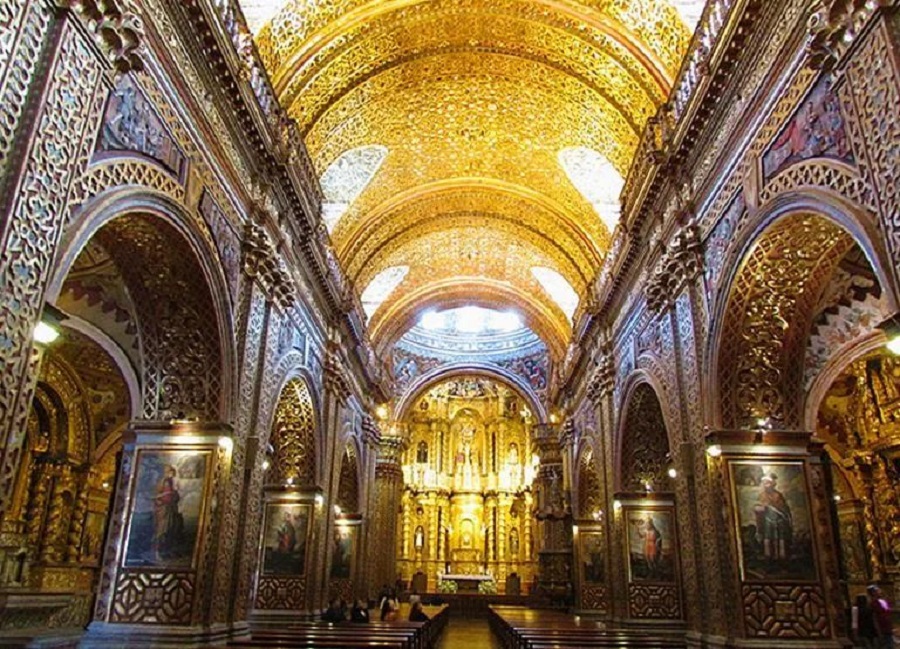
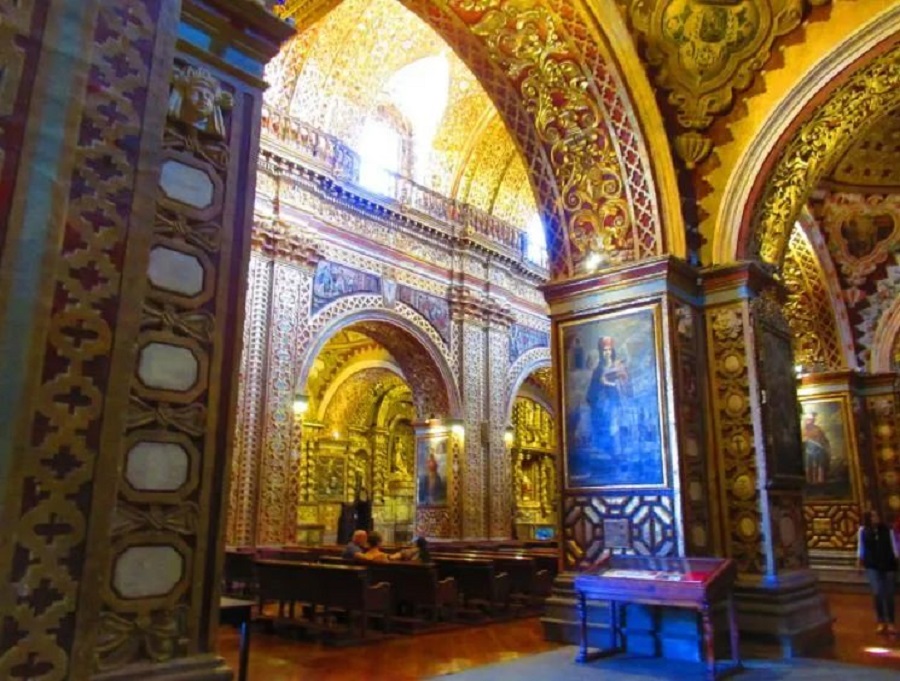
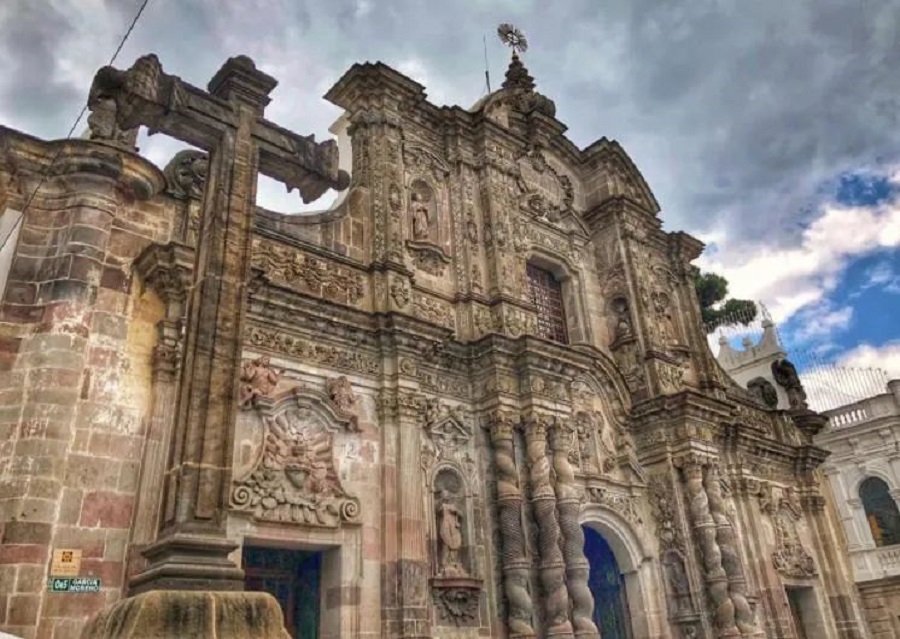
Palacio Presidencial/Palacio de Gobierno (also known as Palacio de Carondelet) is the current office of the President of Ecuador. It was built in the 19th century under the leadership of Baron Carondelet, then the prosecutor of the Royal Procuratorate of Quito, and named after him. After Bolivar liberated Ecuador, the Presidential Palace was used as the southern headquarters of the Greater Republic of Colombia. The architectural style is neo classical. It is interesting to note that the houses on the first floor facing the big square are all small shops and traditional barbershops, which is unimaginable in other countries. The interior decoration is a neo colonial style, and the lighting and fine antique furniture from Europe create an elegant and classical atmosphere.
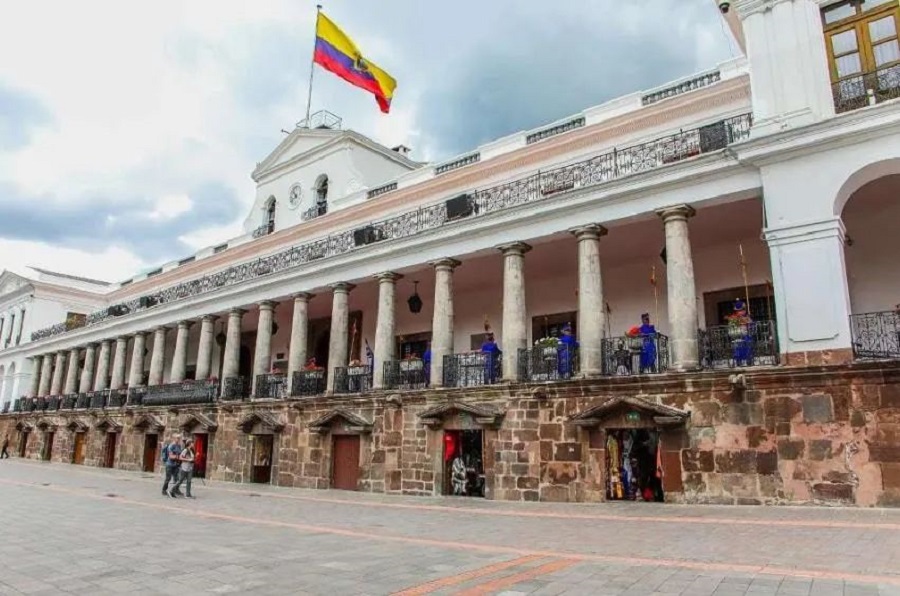
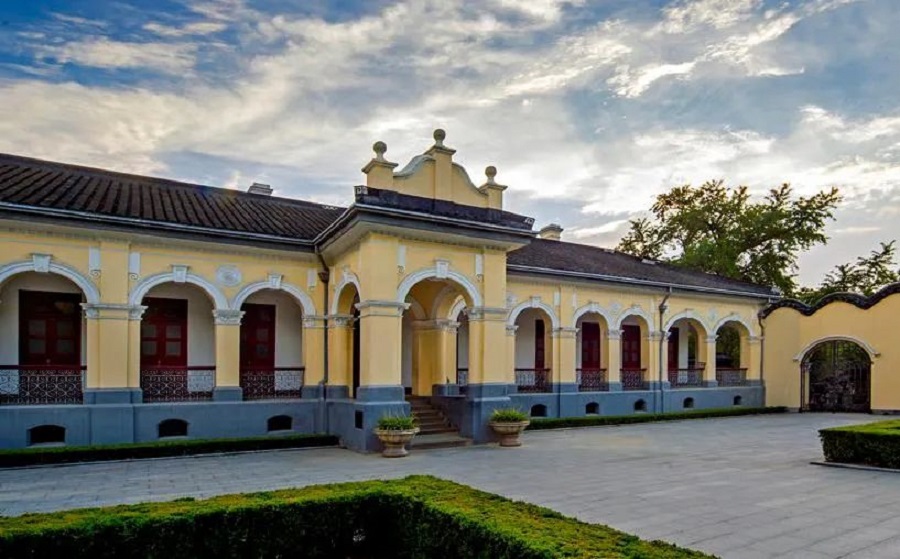
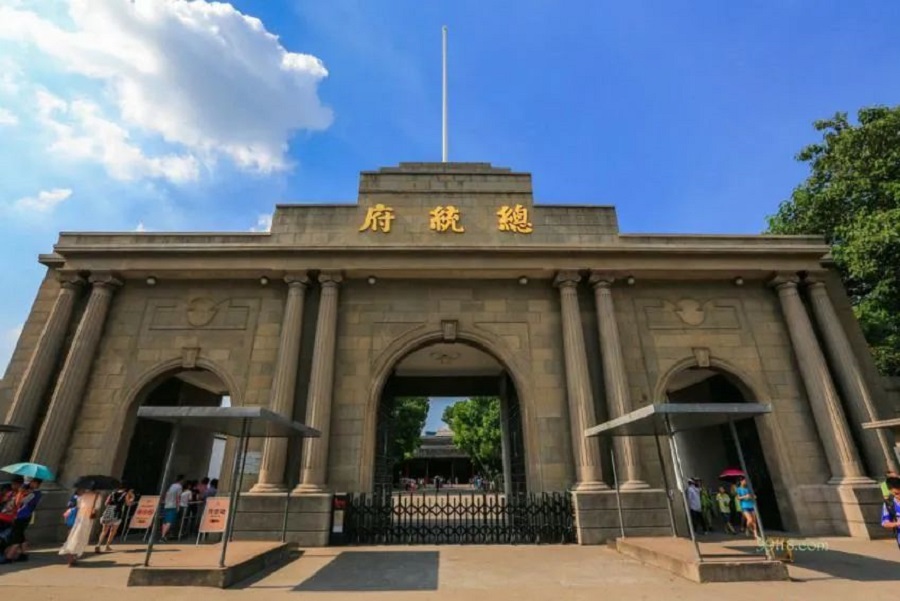

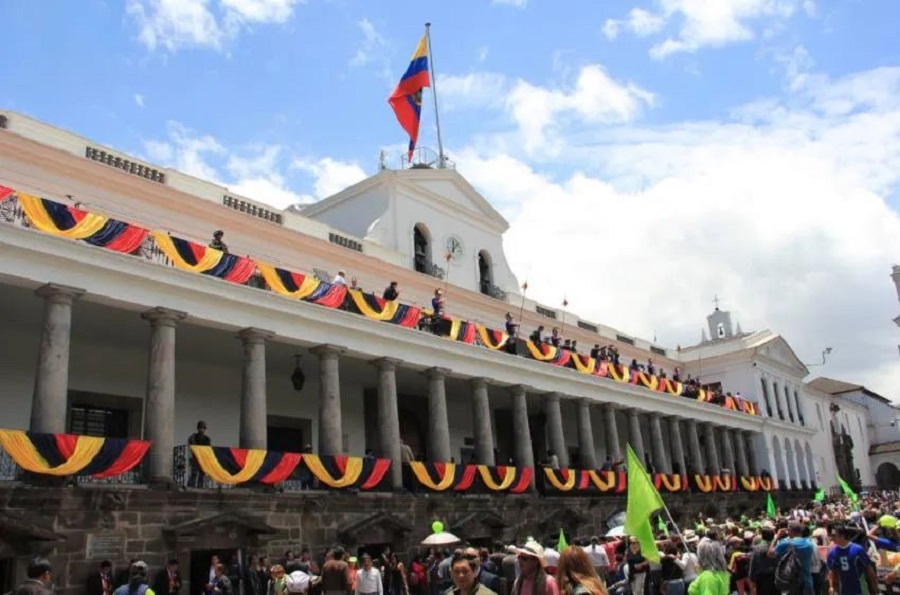
Casa Museo de Guayasam í n) is the place where painters lived and created in the last 20 years (1979-1999). Now it is a museum, in addition to displaying a large number of his paintings. Oswaldo Guayasami í n is the most famous painter and sculptor in Ecuador, known as "Picasso in the Western Hemisphere" and "Marquez with a paintbrush". He used his paintbrush to show the world the real life and struggle history of Latin American people. This painter is also a good friend of the Chinese people. In the 1960s, Guayasamin braved the tide of world resistance against China and resolutely visited China. He was met by Chairman Mao and Premier Zhou. His works were also exhibited in China.
